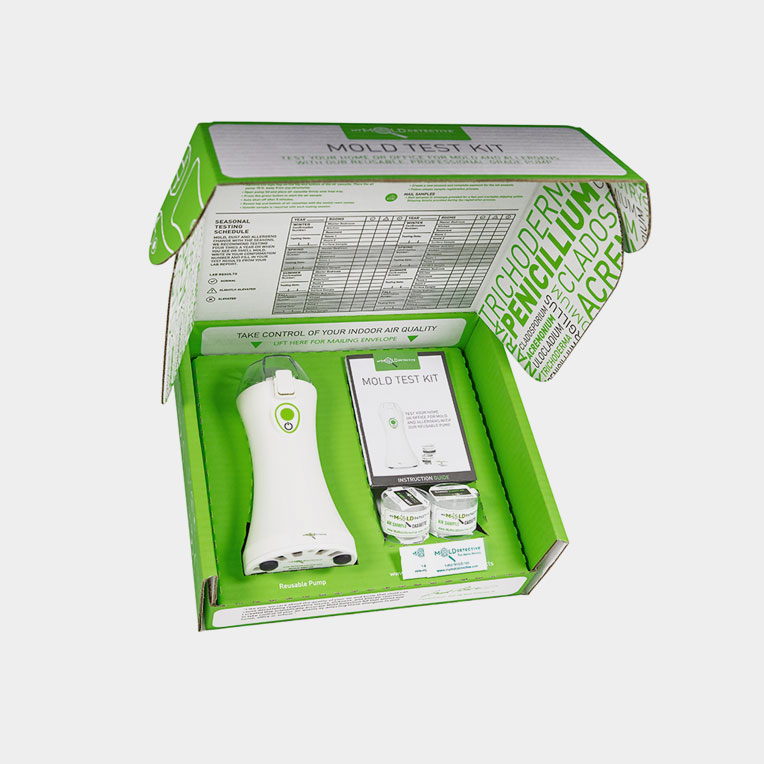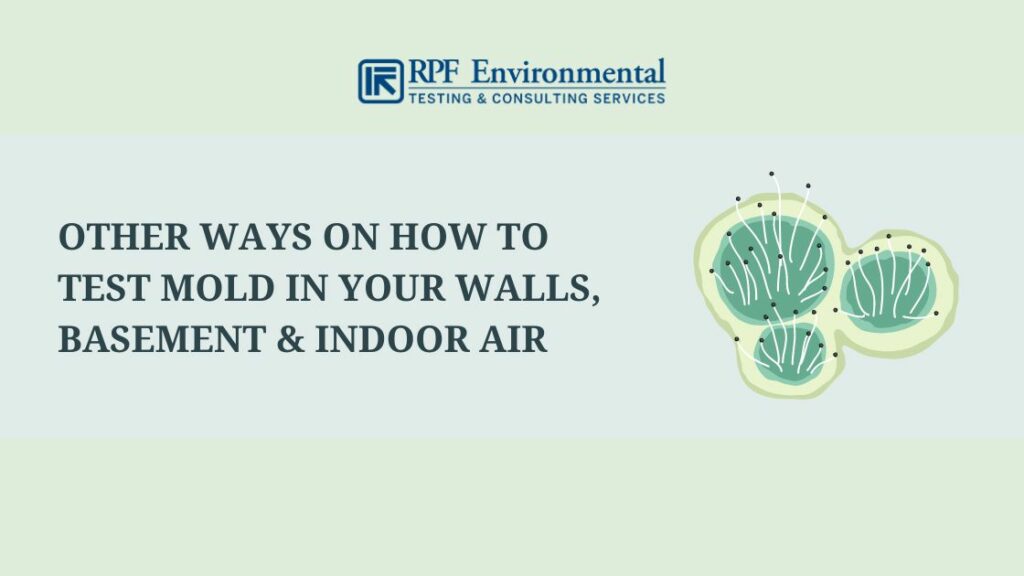How Mycotoxin Testing Helps Prevent Contamination and Secure Food Products

Mycotoxin screening is an important technique in the food sector, offering as a frontline protection versus contamination by dangerous contaminants created by mold and mildews. Via the application of sophisticated strategies like High-Performance Fluid Chromatography (HPLC) and Fluid Chromatography-Mass Spectrometry (LC-MS), food producers can properly evaluate and find mycotoxin degrees in farming products.
Recognizing Mycotoxins
Recognizing mycotoxins starts with acknowledging that they are harmful second metabolites generated by certain molds, which can pollute farming products. These metabolites are not crucial for the development or reproduction of the fungi yet can have extreme implications for animal and human health and wellness. Mycotoxins are generally discovered in staple crops such as corn, wheat, barley, and nuts, where they can multiply under details problems of dampness and temperature level.
There are a number of sorts of mycotoxins, each created by various fungal varieties. Aflatoxins, generated by Aspergillus varieties, are amongst one of the most notorious, understood for their cancer causing residential or commercial properties. Another significant group consists of ochratoxins, generated by Aspergillus and Penicillium varieties, which have nephrotoxic impacts. Fusarium species produce trichothecenes and fumonisins, both of which are connected with different acute and persistent health concerns.

Threats of Mycotoxin Contamination
The threats of mycotoxin contamination are multifaceted, posing considerable hazards to both food safety and public health. Mycotoxins, harmful substances produced by specific types of fungis, can contaminate a vast array of farming items including grains, nuts, spices, dried fruits, and coffee. When these contaminants infiltrate the food supply, they can cause major health issues such as liver damage, kidney failure, and even cancer. Vulnerable populaces, consisting of children, the senior, and immunocompromised individuals, are especially in danger.
Economic effects are another significant concern. Infected crops can result in considerable financial losses for farmers and food manufacturers as a result of lowered returns and the demand for pricey decontamination procedures. Worldwide profession can be considerably hindered as countries apply strict mycotoxin policies to protect their populations, leading to denied deliveries and strained profession relations.
Environmental elements such as environment adjustment intensify the risk of mycotoxin contamination. Variations in temperature level and humidity can create beneficial problems for fungal development, boosting the likelihood of contamination occasions. Hence, understanding and alleviating these threats are important for ensuring the security and honesty of worldwide food products.
Techniques of Mycotoxin Checking
Properly determining mycotoxin contamination in farming products is important for safeguarding public health and keeping food security requirements. Numerous techniques are employed to detect and measure mycotoxins, each offering specific advantages and constraints.
High-Performance Liquid Chromatography (HPLC) is an extensively made use of technique because of its high level of sensitivity and accuracy. It includes dividing mycotoxins from various other materials in a sample, allowing accurate metrology. Similarly, Liquid Chromatography-Mass Spectrometry (LC-MS) incorporates fluid chromatography with mass spectrometry to give comprehensive molecular information, making it especially valuable for determining numerous mycotoxins at the same time - Mycotoxin testing Services.

Gas Chromatography-Mass Spectrometry (GC-MS) and Thin-Layer Chromatography (TLC) are additionally employed, each with special applications. GC-MS is effective for volatile mycotoxins, while tender loving care supplies an easier, economical choice for initial screening.
Advantages of Routine Evaluating
Routine screening for mycotoxins in farming items uses countless advantages, considerably contributing to public health and wellness and food security. By determining contamination early, normal testing assists protect against the circulation of harmful foods, consequently minimizing the threat of mycotoxin-related diseases amongst customers. This aggressive strategy not only safeguards human health and wellness however additionally improves the total quality of food products.
Constant screening additionally sustains regulatory compliance. Different countries and regions have established stringent limits for mycotoxin degrees in food and feed. Abiding by these limits via normal screening ensures that producers and distributors meet lawful criteria, thereby avoiding charges and profession obstacles. In addition, keeping conformity promotes customer trust fund and brand name online reputation, which are critical for market success.
In addition, regular mycotoxin testing can bring about significant economic advantages. Early discovery of contamination enables prompt intervention, reducing prospective losses from extensive contamination. Implementing normal testing procedures can also decrease recall prices and related liabilities, which can be economically devastating.
Additionally, normal testing provides important information that can inform better farming practices and storage space conditions. By recognizing patterns of contamination, manufacturers can take on safety nets, thereby contributing and decreasing future dangers to the sustainability of the food supply chain.
Executing Examining Protocols
Carrying out reliable mycotoxin testing procedures is vital for making sure the safety and security and top quality of agricultural products. Developing a durable testing framework entails several crucial steps, beginning with the identification of possible contamination points within the production and supply chain. This includes pre-harvest, post-harvest, storage space, and circulation stages. Each phase should be inspected to determine where mycotoxin contamination is more than likely to take place. news
As soon as critical control factors are identified, choosing suitable screening techniques is essential. Common strategies include enzyme-linked immunosorbent assay (ELISA), high-performance fluid chromatography (HPLC), and mass spectrometry (MS) Each approach has its strengths and weaknesses; hence, picking the correct one depends upon the specific mycotoxin being checked, the required level of sensitivity, and available resources.

Last but not least, integrating the testing procedures into a thorough food safety and security management system is suggested. This boosts traceability and makes it possible for speedy corrective actions when contamination is found, thereby guarding the integrity of the food supply chain.
Conclusion
Mycotoxin screening is important in stopping contamination and securing food products by allowing very early detection of harmful toxins produced by molds in farming products. Routine testing enhances brand name reputation, monetary stability, and trust fund in food safety and security by minimizing contamination-related losses and keeping high requirements in food manufacturing.
Mycotoxin screening is an essential method in the food industry, serving as a frontline defense against contamination by dangerous contaminants created by mold and mildews. An incorporated approach including agricultural methods, storage monitoring, and routine testing can mitigate the dangers linked with mycotoxin contamination, making certain food safety and security and public wellness.
The threats of mycotoxin contamination are complex, posturing significant hazards to both food security and public wellness.Routine screening for mycotoxins in farming items provides many advantages, dramatically adding to public health and wellness and food safety and security.Mycotoxin testing is vital in preventing contamination and securing food products by allowing early discovery of damaging toxic substances generated by mold and mildews in agricultural products.